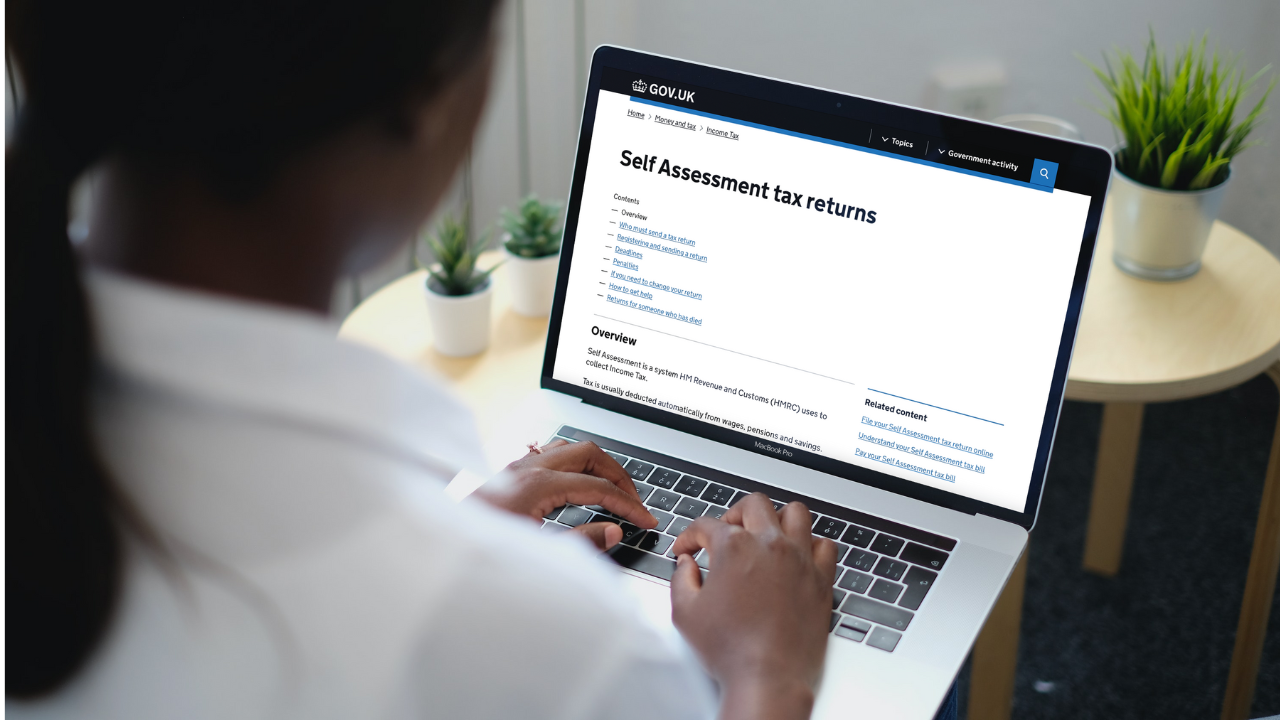Let’s get organised! A self-assessment checklist

We know, it seems like only yesterday you were filling out last year’s tax return! Believe us, though, it’s never too early to start the next one. You may have until January 2023 to file the latest return, but time flies! So, why not get ahead of the game and send yours in now. That would make a great Christmas present to yourself – knowing you’re all up-to-date financially.
If this is your first time filing a tax return, don’t forget you will need to register for HMRC online services, which may take some time.
Here is our simple checklist to help you gather all you need to complete your self-assessment tax return:
- Income from employment – this is income from employed or self-employed work. If you are employed, you will find these details on your P60 (or P45 if you have recently left an employed job). It’s important to include this as HMRC will take the tax you have already paid in employment into consideration when they calculate your self-employment tax. Have your invoices to hand also, so there is an accurate account of your total income from work.
- Pensions and taxable benefits – don’t forget, you may be receiving benefits from the government, but that doesn’t mean they are tax free. Check which ones you receive and whether they should be included in your return. The UK government has a handy checklist here.
- Property income and savings and investment income - this includes any interest accrued.
- Other income, including overseas - HMRC will also need to know about any student loans you have, so make sure you have the details. You can check yours here. You may need to include capital gains on your return. When you make a profit by disposing of an asset that you own by selling, swapping, or giving it away, this is taxable income. Check what to include.
- Expenses - from employment and self-employment, Gift Aid, charity donations, qualifying loans and mortgages, student loan repayments and relevant payments to other people. The government have a helpsheet to check what to include here.

Making Tax Digital – what you need to know
Back in 2019, the government started their programme for ‘Making Tax Digital’.
This means that all VAT-registered businesses must keep tax records in a digital format and use accessible software to submit their tax returns. This will come into force for 2022/23 self-assessment, so if you are VAT-registered with a turnover of above £10,000, you’ll need to have this in place. You will also have to submit quarterly reports as well as your year-end declaration.
There’s plenty of great software out there, as well as various apps, to help you switch from paper to digital. Be sure to look into them carefully to find the one that best suits your business.
That’s all for now. If you have any questions or suggestions for future blogs, just drop us a line at team@smartpurse.me